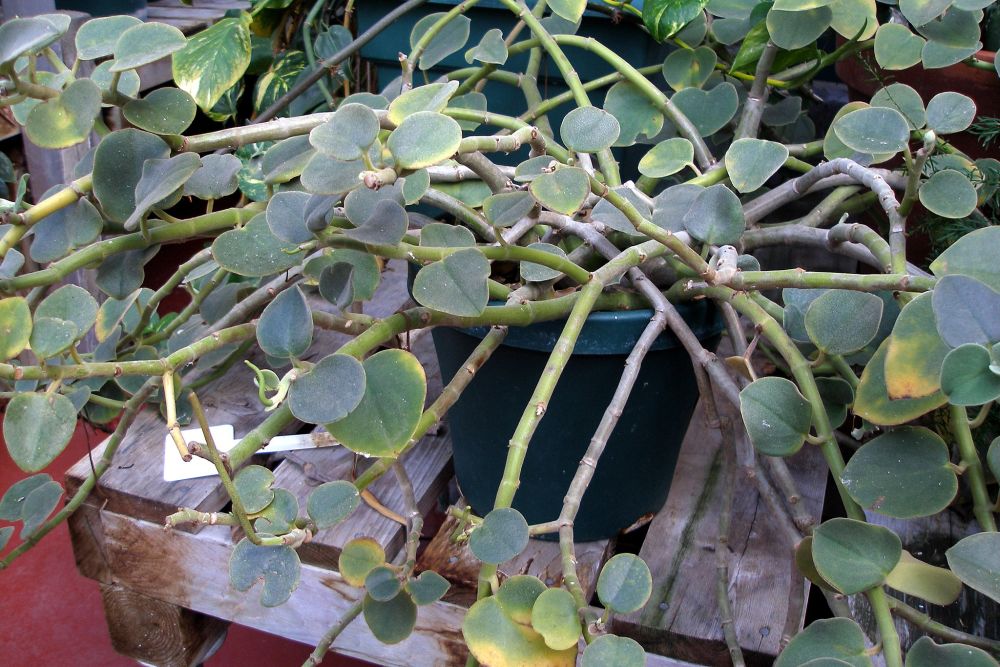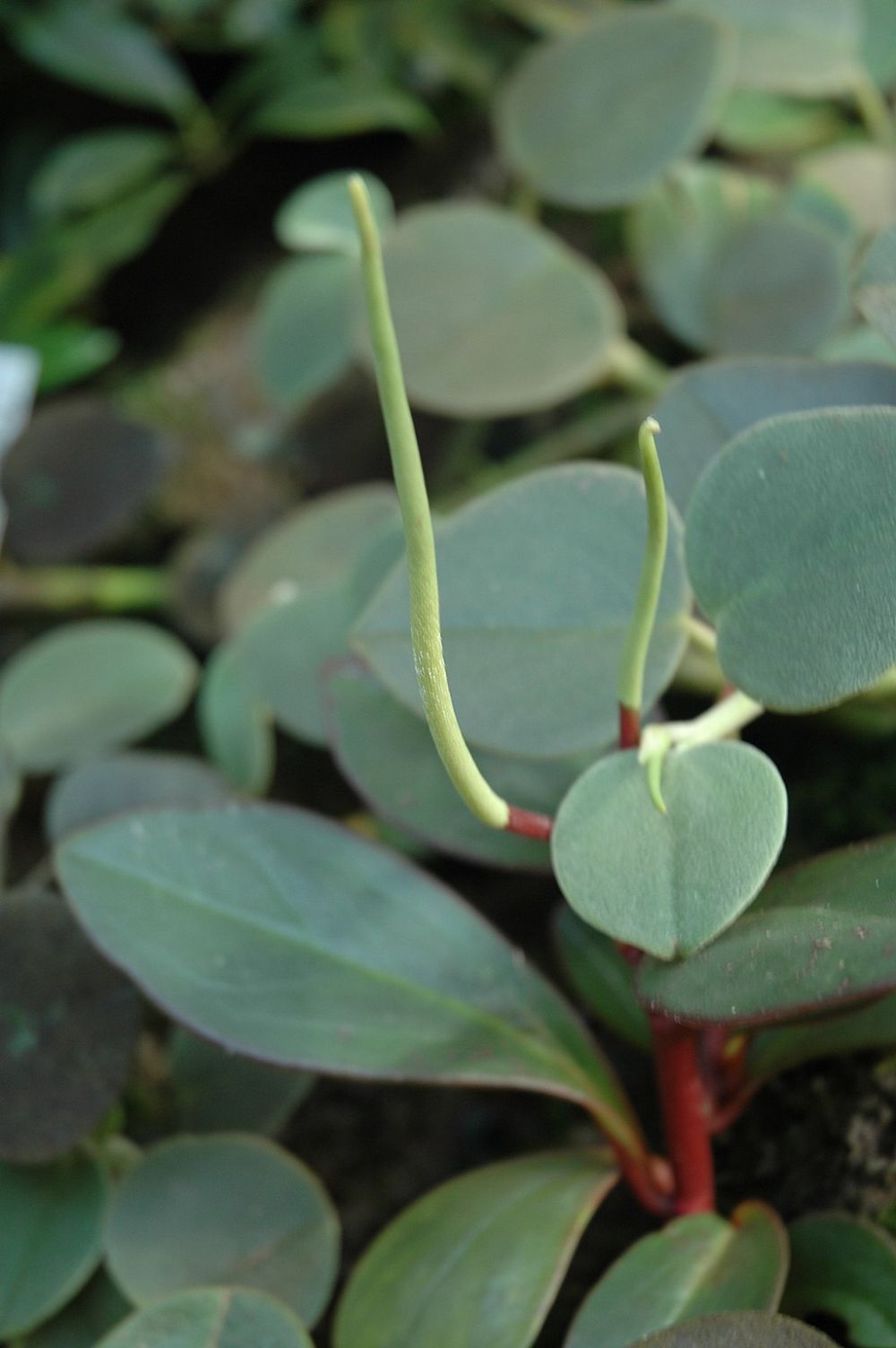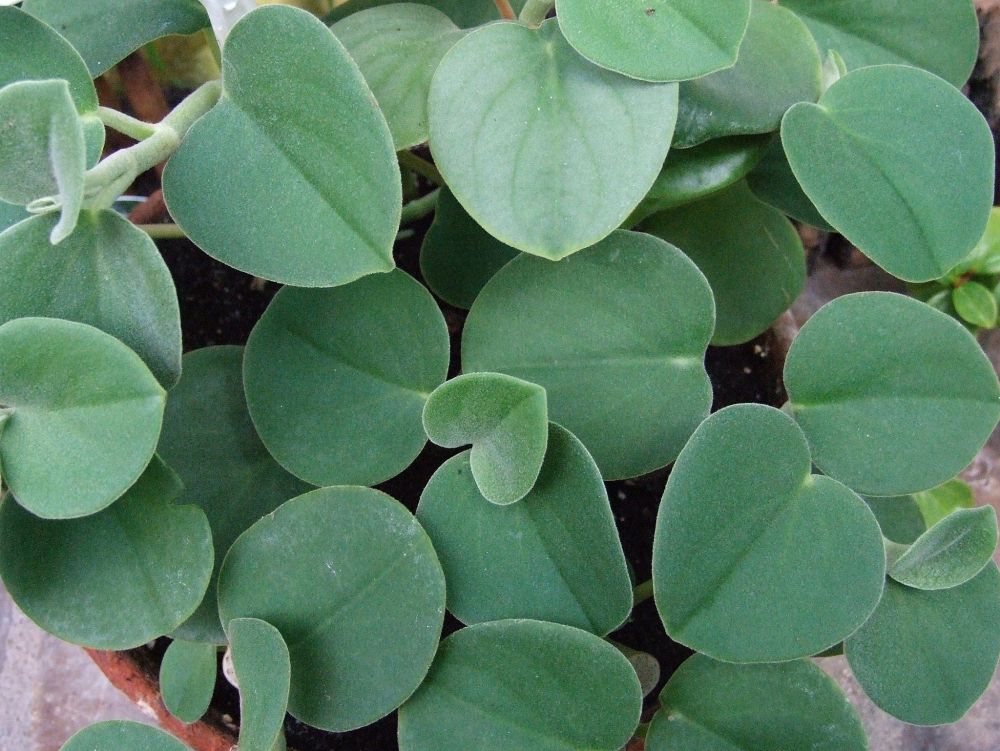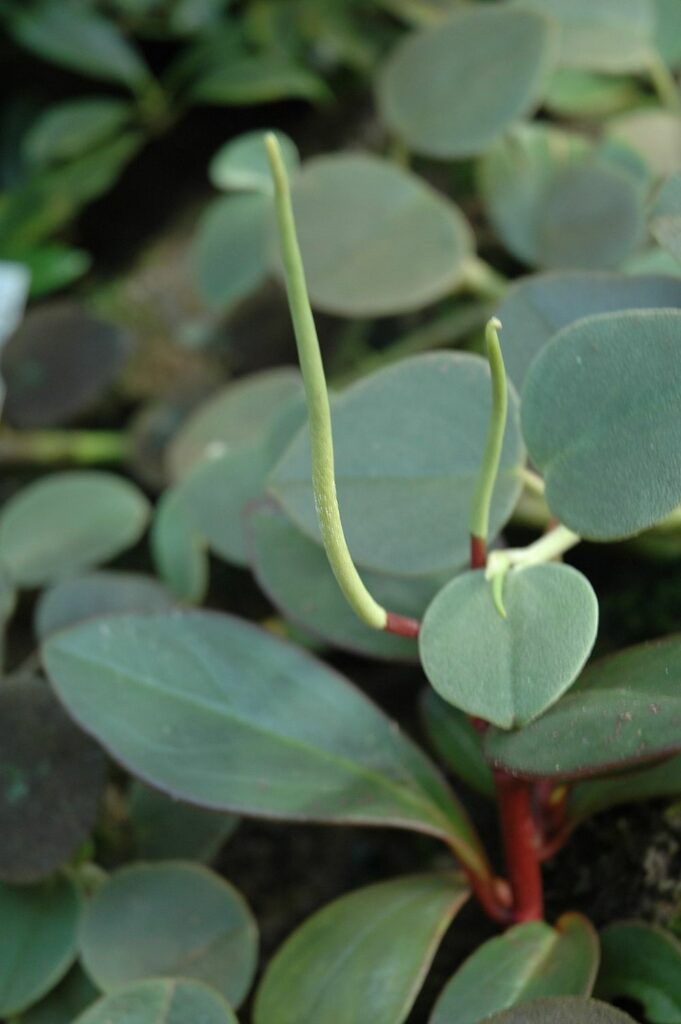Peperomia Incana Care: How to Grow & Care For The Felted Pepperface
With over 1000 known Peperomia species, choosing the most ravishing and exquisite perennial among them is quite an unsettling experience. And that’s why we took the time to feature one of the top-ranked houseplants in the Piperaceae family, so you can have an easy time picking the most fitting species for your indoor space or garden. The Peperomia Incana, also commonly known as the Felted Pepperface, is one kind of a captivating houseplant that brings so much vitality and zest to your home—making it look gorgeous without having to put in any strenuous efforts. In this guide, we’ll check out the ins and outs that you need to cut through to make your Peperomia Incana live on for years and grow intensely without slacking off.
More About The Felted Pepperface Plant
Peperomias are quite popular for their inherent tolerance to worrisome growing conditions, and this is one eccentric appeal you won’t find on other perennial plants. Your Felted Pepperface will burst through a prolonged period of drought since it has thick, fleshy, that stores enough water just in case the times get tough. This plant is native to Brazil’s tropical partsand demands a lesser maintenance routine compared to other houseplants that you might consider growing. You’ll also find this plant in many regions across Mexico and the West Indies.
With USDA hardiness zones 10 to 12, this tends to suggest that your Felted Pepperface won’t struggle much to keep up with the frosting conditions during winter. It features heart-shaped leaves covered with tiny whitish strands of hair that protect the plant from getting scorched when the temperatures are extremely high. Taking note of this adaptation, it’s fair to say that this plant is easy to care for, even if this is your first time to try out a gardening DIY idea.
How Big Does It Grow?
If you’re giving your Peperomia Incana everything it needs to stay healthy and tonic, it will typically reach between 6″ to 12″ inches in height. It will also spread to between 12″ and 15″ inches in width. But one thing you’ll note after months of nurturing your Felted Peperfaces is it’s a slow-growing plant, so don’t hold too many expectations if you’re looking to fill up that idle space in your balcony or walkway.
Other Peperomia Types
- Belly Button Peperomia – The topmost leaves on the stems of this variety usually develop a velvet texture as they age, while other parts tend to remain dark-green. The Belly Button Peperomia spreads wildly, so it’s ideal for landscaping and also makes a perfect indoor plant. It prefers humid and moist conditions with bright but indirect light.
- Columbian Peperomia – Columbian peperomia looks adorable inside a medium-sized container and features a cocktail of dark-green, black, and dark-red leaves, which have a silver lining in the middle. They’re a fitting option for a garden with huge rocks.
- Golden Gate Peperomia – Also popularly known as peperomia obtusifolia, the Green Gate grows compactly and features some glossy leaves that form a spirited bush as it matures. This variety spreads to around 7″-8″ inches and grows well under a shaded patio since it’s overly obsessed with low-light environments.
- Peperomia Clusiiifolia – This variety is also widely known as the Jelly plant. It has the potential to trail up to 10″ inches and looks incredible in a hanging basket. It has a reddish pattern on the edges of the leaves and thrives under modest humidity levels.
- Peperomia Rosso – The peperomia Rosso has a red tone on the underside of the leaves and could reach up to 8″ inches both in height and width. It has leaves that are slightly wider than most other varieties.
- Peperomia caperata –The leaves of this variety have thick veins in different gray, cream, and red shades. Also known as the Emerald Ripple, this houseplant only needs about 4 hours of natural light every day to maintain its color code.
Peperomia Incana Care Tips
Light & Temperature
When it comes to the lighting conditions, this plant can handle both extreme ends. It prefers well-lit areas but can also do well under dim spots. But to keep the leaves silky and make your Felted Pepperface bloom a few flowers during summer, you want to place it somewhere it can access at least 4 hours of light during the day. A window that’s facing south or east would help your plant access some medium to bright indirect light. Low light conditions will make the stems grow excessively long. And too much access to direct UV rays will scorch the leaves, so it’s crucial to strike a balance between these two situations. While Felted Pepperface is heat resistant, it sprouts robustly under temperatures between 7 to 32°C.
Soil & Transplanting
Almost every peperomia variety is prone to overwatering, so you want to use soil that drains well and space out the watering sessions. Giving the soil some time to dry out completely helps protect the roots from rotting. And if you can’t figure out whether the soil is dry or not, a moisture meter would help come up with a feasible watering schedule. Use regular potting soil for cacti plants and add some perlite to boost the aeration process. The soil pH also needs to be anywhere between 5 to 7.5. Since this plant doesn’t grow so tall and wild, there won’t be any need for transplanting it into a bigger container. I’d also highly discourage constant transplanting since that ends up damaging the rooting system.
Watering & Fertilizer
Even though this houseplant needs to be evenly watered during warmer months, keeping the soil soggy for longer hours can damage the roots since they’ll not have room to access enough oxygen. Root rot is hard to repair and could lead to the death of your gorgeous Felted Pepperface plant. Check how moist or dry the soil is before watering your plant again. To maintain the leaves’ glowing look, use a well-balanced fertilizer at least once every month during summer and spring. Use a fertilizer that’s water-soluble so the plant can absorb the nutrients in no time. Avoid fertilizing your Felted Pepperface during winter because that’s when the growth hormones for a period of dormancy.
Pruning
You won’t need to do any heavy maintenance routine after planting this variety since it’s usually close-packed and hardly attracts weeds. The much you’ll have to do is pinch off the tips so the branches can elongate further and get rid of leaves that seem to have lost their vigor due to regular overwatering.
How to Propagate Your Felted Pepperface Plant
You can easily propagate your Peperomia Incana using leaf or stem cuttings, which are about 2″ to 3″ inches long. Wait till it’s summer or spring so you can carry out this exercise. To get started, you’ll need to:
- Cut off a fleshy stem that has less to zero blemishes from the mother plant and remove the lower leaves.
- Leave it somewhere with dry air so the wounds can heal and form a callus that protects the stem cutting from catching any diseases.
- Dip the stalks in rooting hormone to accelerate the development of roots.
- Prepare the potting mix using pointers which we laid out right in the soil and transplanting section. Plant the cutting and gently squeeze the topsoil downwards to make it have a firm support base.
- As you wait for the roots to develop, keep the room temperature anywhere between 21 to 2°C.
- If you had propagated some extra stem or leaf cuttings, transplant each into its own container soon as the roots begin to form.
Common Pests & Diseases
Like many other popular houseplants, the Felted Pepperface is prone to a few common pests and diseases. It’s mostly hit by mealybugs which suck the sap from the leaf nodes. You also want to look out for aphids, but they’re usually microscopic, so you’ll need to inspect your plant for any acute signs that suggest the possibility of an infestation. Aphids can also attack the roots and cause damage that’s difficult to rectify. Even so, it’s easy to repress these gruesome bugs and ailments using natural and quick remedies. For instance, Neem oilhelps get rid of insects such aphids, scales, and caterpillars that lay eggs on your plant’s organic soil, especially when it’s moist. Also, don’t be tempted to overwater your Felted Pepperface.
Felted PepperfaceBenefits & Uses
You can choose to grow the Peperomia Incana and use it to glam up your garden. It works as a perfect groundcover since it spreads evenly under the right growing conditions. It also looks incredible when grown in a hanging basket. According to careful research from NASA, one stunning attribute about Peperomias is they purify the air and suppress the level of formaldehyde by 47% if you grow them indoors.
Peperomia Incana FAQ
Is the Felted Peperomia beginner-friendly?
Considering the simple maintenance routine, we laid out in this guide; there’s seemingly nothing too complex about growing and taking care of the Felted Pepperface—so it sure does make a perfect fit for first-timers.
Why are the stems of my Peperomia Incana growing wildly tall?
If the stems are growing weirdly tall and eating up all the space in the container, this could mean your plant isn’t getting enough light. You can trim it using a pair of scissors to control the size of your Felted Pepperface if you like it short and less bushy and move it somewhere with better lighting conditions.
Why are the leaves appearing to curl inwards?
One of the major causes for this is your plant could be getting too much light. Use curtain sheers to filter the excess light if the growing medium is close to a window.
Is the Peperomia Incana toxic?
The Peperomia Incana doesn’t hold any toxicity levels, so it’s safe to grow it indoors with kids or pets around.



